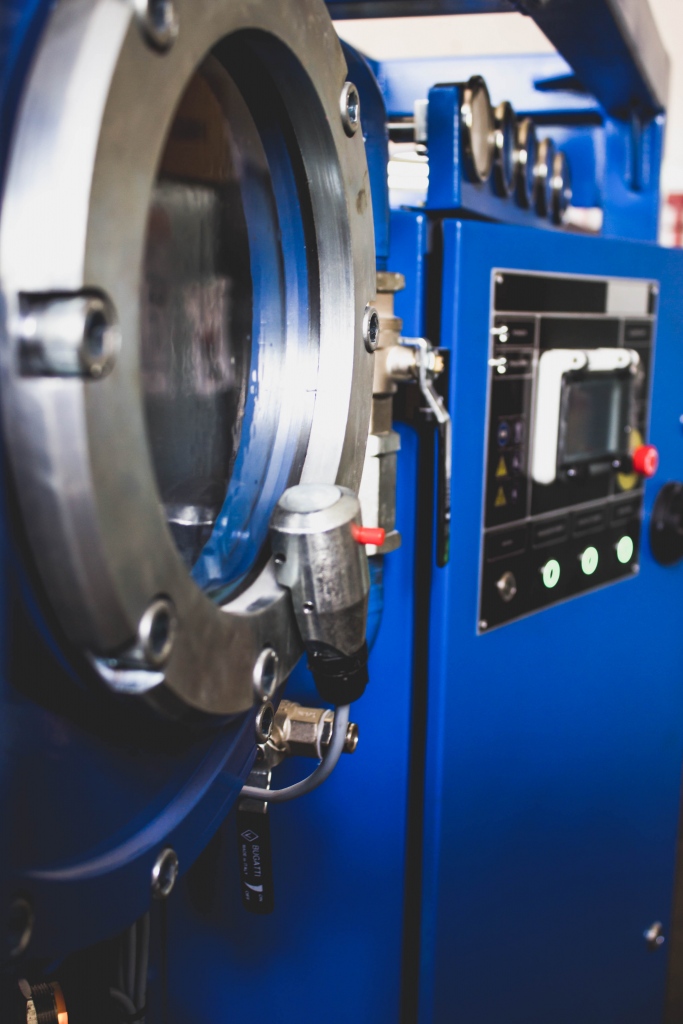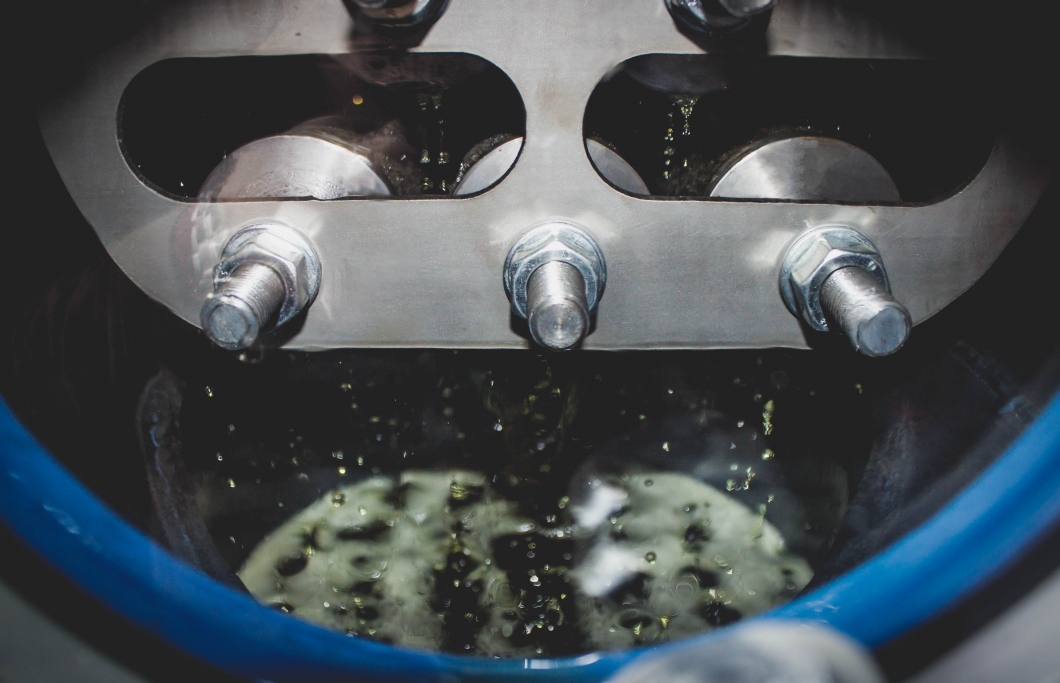Admixtures falling into the oils from the environment, as well as the products of their age transformations, can be removed by applying certain methods. In most cases, the processes of oil filtering are multistage, i.e. Use a certain sequence of approaches.

Specific modifications depend on the physicochemical properties and the characteristics of the product being filtered.
As of today, the methods of filtering mineral oils are divided into physical, chemical and physico-chemical. If we analyze the number of plants used and the amount of oil to be recycled, we can see that the first place in the world is occupied by methods that are based on the use of sulfuric acid.
The disadvantage of sulfuric acid cleaning is the availability of a difficult-to-utilize product of regeneration – sour tar. In addition, purification of the oil with sulfuric acid does not remove polycyclic aromatic hydrocarbons and highly toxic chlorine compounds. These facts led to the fact that in this country this type of regeneration is practically not applied.
On the second place there are processes using sorption cleaning. This type of processing is used in small industrial enterprises in the United States. Activated clays are used as sorbents. Oil filtration in most cases is mixed with fresh, and then special additives are introduced. The disadvantage of this method is the impossibility of controlling the viscosity and fractional composition of the product obtained, as well as the loss of a certain part of the oil absorbed into the sorbent.
The main branch of application of hydrogenation processes is the secondary processing of used oils. It allows you to get high-quality oils and increase their yield. In comparison with sulfuric acid and adsorption purification, hydrogenation is more ecological. However, it is also not devoid of certain drawbacks. Hydrogenation processes require a large amount of hydrogen, and economic feasibility is confirmed only at a productivity of 30-50 thousand tons per year.
For the purification of waste oils from resins, highly toxic compounds of chlorine, additives and oxidation products, sodium metal is used. The result of the process are polymers and sodium salts, which have high boiling points. This allows you to drive a little. The yield of the product in this case is about 80%. The process does not depend on pressure and catalysts, nor is it associated with the evolution of chlorine and hydrogen sulphide. Several such installations are known in France and Germany.

